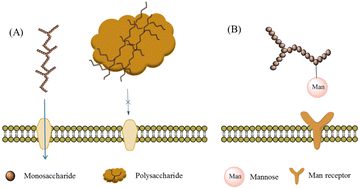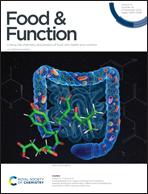The effect of structure and preparation method on the bioactivity of polysaccharides from plants and fungi
Abstract
Polysaccharides are not only the main components in the cell walls of plants and fungi, but also a structure that supports and protects cells. In the process of obtaining polysaccharides from raw materials containing cell walls, the polysaccharides on the cell walls are the products and also a factor that affects the extraction rate. Polysaccharides derived from plants and fungi have mild characteristics and exhibit various biological activities. The biological activity of polysaccharides is related to their chemical structure. This review summarizes the effects of the physicochemical properties and structure of polysaccharides, from cell walls in raw materials, that have an impact on their biological activities, including molecular weight, monosaccharide composition, chain structure, and uronic acid content. Also, the structure of certain natural polysaccharides limits their biological activity. Chemical modification and degradation of these structures can enhance the pharmacological properties of natural polysaccharides to a certain extent. At the same time, the processing method affects the structure and yield of polysaccharides on the cell wall and in the cell. The extraction and purification methods are summarized, and the effects of preparation methods on the structure and physiological effects of polysaccharides from plants and fungi are discussed.

- This article is part of the themed collection: Food & Function Review Articles 2022


 Please wait while we load your content...
Please wait while we load your content...